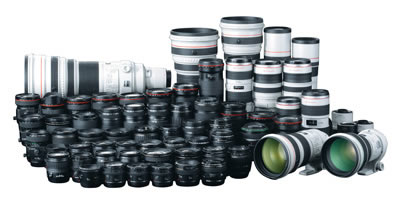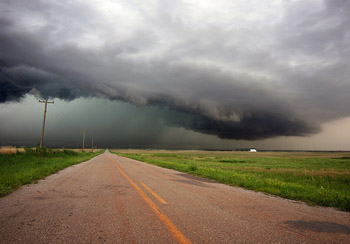Canon has achieved a lens manufacturing landmark with production of Canons EF lenses passing the 40-million mark.
Canon’s proprietary EF lens was born in March 1987 along with the EOS SLR camera system. Canon celebrated the production of its 10 millionth EF lens in August 1995, its 20 millionth in February 2001, its 30 millionth in January 2006 and, a mere two years and three months later, has now surpassed the 40-million-unit mark.
Canon’s current EF lens line-up comprises 64 models.

Press Release
CANON CELEBRATES PRODUCTION OF 40 MILLION EF LENSES
LAKE SUCCESS, N.Y., April 29, 2008 – Canon U.S.A., Inc. is proud to announce that Canon Inc. has achieved a new lens-manufacturing milestone as production of the Company’s EF lenses passed the 40-million mark.
Production of interchangeable EF lenses for Canon EOS-series AF (autofocus) single-lens reflex cameras began in 1987 at the Company’s Utsunomiya Plant. Canon commemorated the production of its 10 millionth EF lens in August 1995, its 20 millionth in February 2001, its 30 millionth in January 2006 and, a mere two years and three months later, has now surpassed the 40-million-unit mark. This achievement reflects users’ high level of satisfaction with the innovative technology and quality offered by EF lenses, as well as with Canon’s marketing operations and service.
Canon’s proprietary EF lens, born in March 1987 along with the EOS SLR camera system, marked a new direction in the future of AF systems and soon garnered attention for it use of a large-diameter fully electronic lens mount and an internal autofocus motor. In November of the same year, Canon introduced the industry’s firsti Ultrasonic Motor-powered lens: the EF300mm f/2.8L USM. In September 1989, the EF50mm f/1.0L USM, featuring the world’s largest apertureii of f/1.0, was launched, and in September 1995 the EF75-300mm f/4-5.6 IS USM, equipped with the world’s firstiii Image Stabilizer to compensate for the effects of camera shake, made its debut. Further, in December 2001, Canon introduced the world’s first super telephoto lens to employ a diffractive optical element for camera lensesiv: the EF400mm f/4 DO IS USM. Canon’s EF lens lineup, through the incorporation of innovative technologies, has consistently led the industry.
In conjunction with the launch in September 2003 of the highly acclaimed EOS Digital Rebel SLR camera, Canon expanded its EF lens lineup with the introduction of the EF-S series of lenses, optimized for use with digital SLR cameras that incorporate APS-C size image sensors.
Canon’s current EF lens lineup comprises 64 models, the most extensive selectionv in the industry. The Company’s diverse range of EF lenses include standard and super-telephoto zoom lenses, Image Stabilizer-equipped lenses, large-aperture lenses, macro lenses, and TS-E lenses, which include a special tilt-shift mechanism that permits the manipulation of image perspective and distortion. The comprehensive product lineup effectively caters to the wide-ranging needs of a broad user base, from novice photo enthusiasts to advanced amateur and professional photographers.
Looking to the future of the total EOS system, including EF lenses, Canon will continue to promote technical innovation, from optical design to electronics and production engineering, with the aim of contributing to the creation of a new photo culture through attractive products to satisfy the needs of all users.
For more information on Canon lenses please visit, www.usa.canon.com/dlc
 Bad weather doesn’t have to stop you from getting out there and making fantastic digital photographs. Foul weather gives you the chance to get the kind of photograph that you can’t just go out and take on any kind of day. These photographs can really show some crazy weather shots, like lightning storms, or just a dreary, rainy afternoon, and snow shots can come out great.
Bad weather doesn’t have to stop you from getting out there and making fantastic digital photographs. Foul weather gives you the chance to get the kind of photograph that you can’t just go out and take on any kind of day. These photographs can really show some crazy weather shots, like lightning storms, or just a dreary, rainy afternoon, and snow shots can come out great.